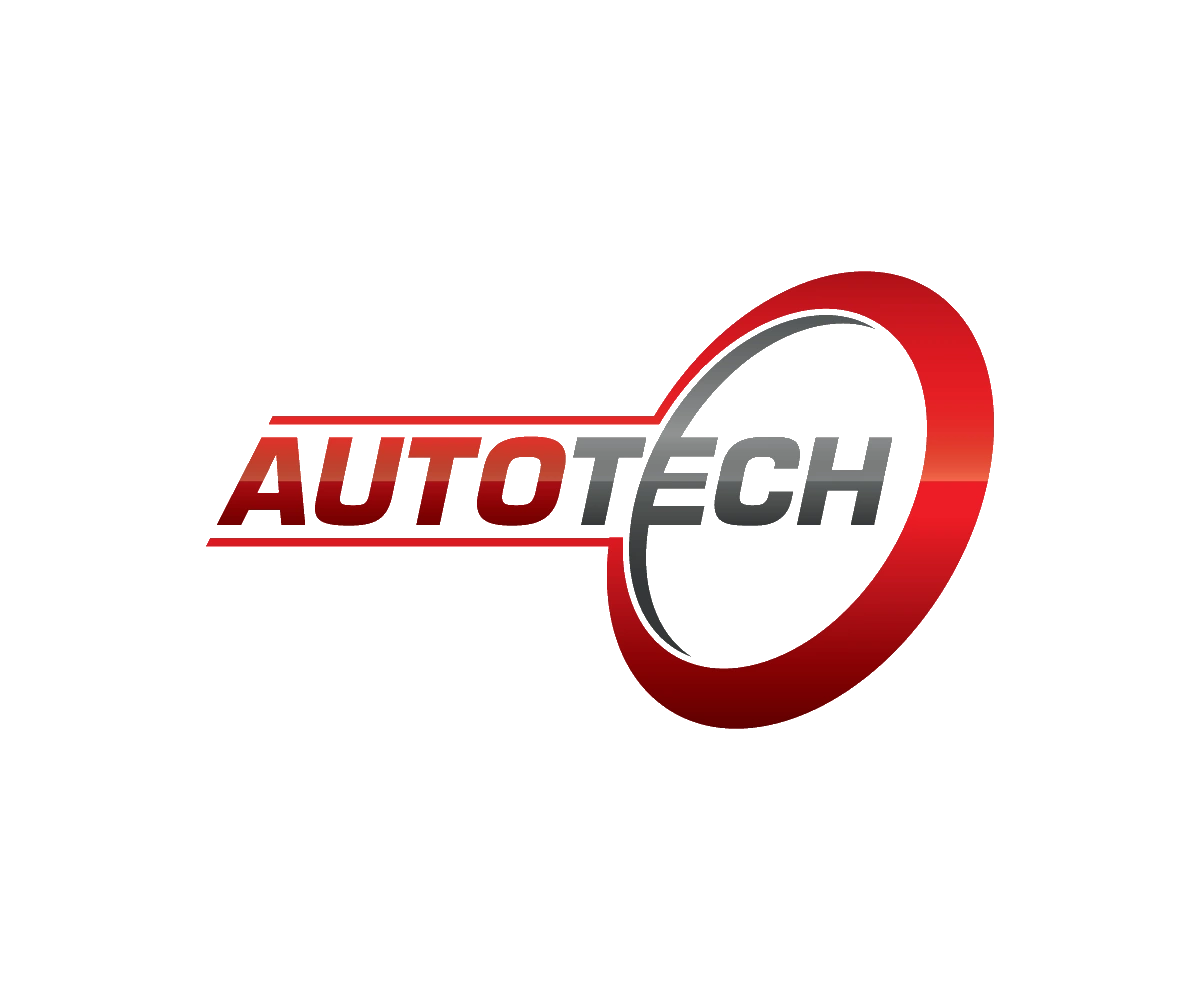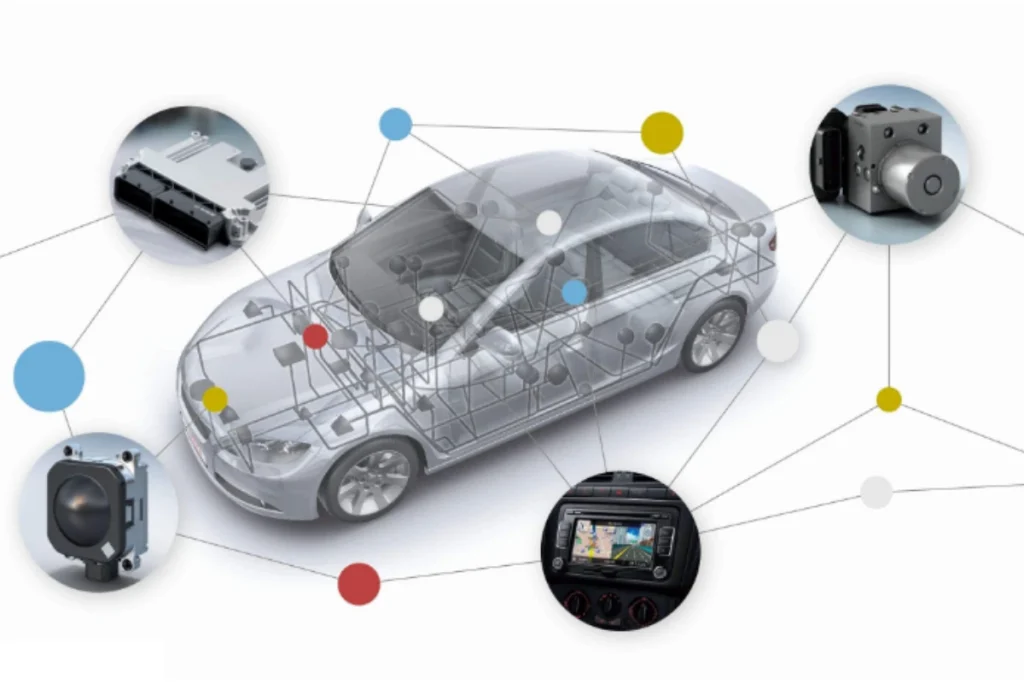What is CAN bus?
The Controller Area Network – CAN bus as it’s usually known, is likened to a cars central nervous system. It uses a message-based protocol designed to allow the ECU’s found in today’s vehicles, to communicate with each other in a reliable, priority-driven fashion. Messages or “Frames” are received by all devices in the network, which does not require a host computer. CAN bus is supported by a rich set of international standards under ISO 11898.
CAN bus was introduced by Bosch in vehicles in the early 1990’s, in the Mercedes S-Class, the CAN bus initially linked five ECU’s in an effort to improve performance and saftey by enabling the faster flow of real-time information around the car.
CAN is fitted in all modern vehicles from convetional petrol and diesel powered vehicles to the latest EV’s (Electric Vehicles), They all Fetature a Controller Area Network (CAN).
By fitting a Mileage Blocker we can filter out which information goes where and whether it is to be stored in that module or not.
Check out this video from Dewesoft which explains CAN bus in full depth
Advantages of CAN bus
The CAN bus standard is widely accepted and is used in practically all vehicles and many machines. This is mainly due to below key benefits:
- Simple and Low Cost: ECUs communicate via a single CAN system instead of via direct complex analog signal lines – reducing errors, weight, wiring, and costs. CAN chipsets are readily available and affordable.
- Fully Centralized: the CAN bus provides one point-of-entry to communicate with all network ECUs – enabling central diagnostics, data logging, and configuration.
- Extremely Robust: the system is robust towards electric disturbances and electromagnetic interference – ideal for safety-critical applications (e.g. vehicles)
- Efficient: CAN frames are prioritized by ID numbers. The top priority data gets immediate bus access, without causing interruption of other frames.
- Reduced Vehicle Weight: by the elimination of kilometers of heavily insulated electrical wires and their weight from the vehicle.
- Easy Deployment: a proven standard with a rich support ecosystem.
- Resistant to EMI: this makes CAN ideal for critical applications in vehicles.
CAN has excellent control and fault detection capabilities. Detecting an error is easily done, and thus transmitted data gets to where it needs to go.
It is an ideal protocol when distributed control of a complex system is required. It reduces heavy wiring and thus cost and weight. The cost of the chips is low, and implementing CAN is relatively easy because of the clean design of the protocol.
Another advantage to using CAN is that the first two layers: the physical layer and the data link layer, are implemented in inexpensive microchips, available in several configurations.


Leave a Reply